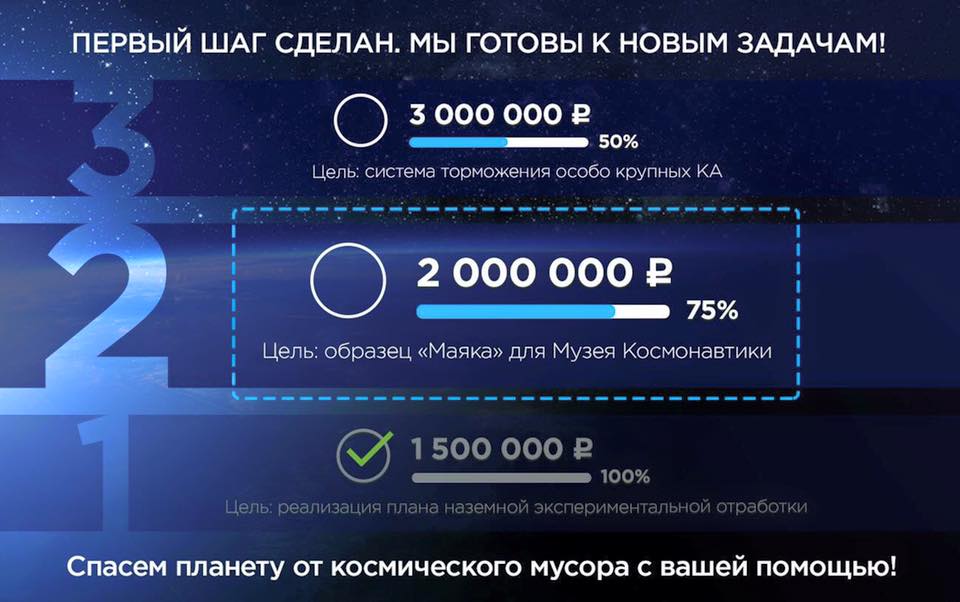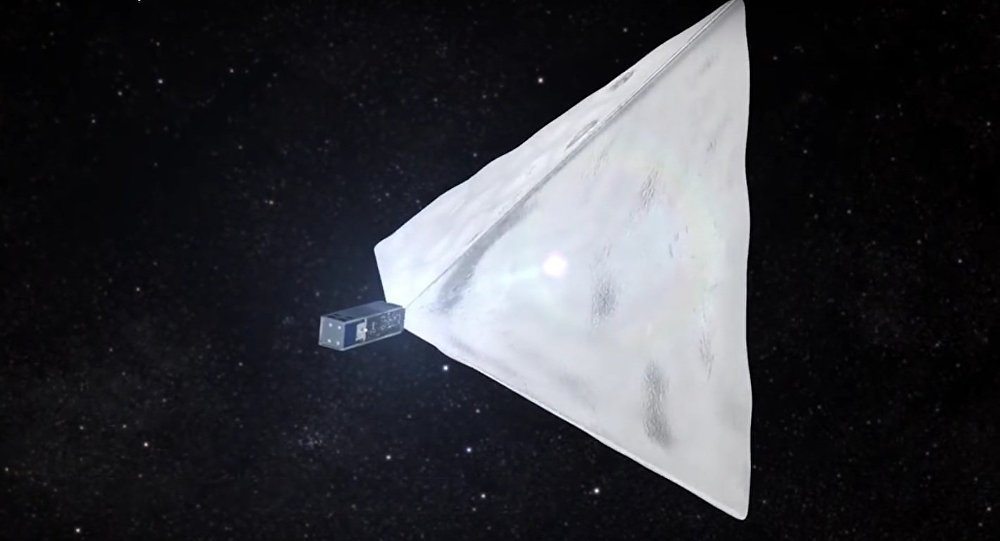
The “Mayak” or “Beacon” satellite is one of the newest successful crowdfunding campaigns in Russia. Launched by a team of aerospace engineers and enthusiasts from Moscow’s University of Mechanical Engineering (MAMI), the campaign is heading toward the next stage of the spacecraft’s testing before it is launched into space by the Soyuz-2 carrier rocket.
The Brightest Star in the Sky
On Thursday the team announced they have raised more than 1.5 million rubles ($19,650) on the Boomstarter crowdfunding platform, allowing them to complete the next stage of the satellite’s flight testing.
The project currently has 1.87 million rubles from more than 2,000 sponsors and is on the way to its next funding aim, which is to create another model of Mayak for Moscow’s Museum of Cosmonautics, where they showed their spacecraft to the public at a lecture last week.

The engineers’ next objective is to construct a system of aerodynamic braking for the Mayak. In the future, this system could help bring satellites to Earth without having to use an engine to pass back through the Earth’s atmosphere.
Once in orbit above the earth, the Mayak will completely change shape. The satellite will unfold a 16 square meter pyramid of reflectors that will reflect the Sun’s rays. This will essentially create a super-bright man-made star that anyone can follow using a smartphone app.
“We want to show that space exploration is something exciting and interesting, but most importantly that today it is accessible to everybody who is interested,” project leader and head of MAMI’s ‘Contemporary Cosmonautics’ program Alexander Shaenko explained.

“The Mayak project is a team of enthusiasts, who are showing that space is simpler and closer than we are all used to thinking. We are sending a spacecraft into orbit that will be the brightest star in the sky, visible from any point on our planet.”
Priorities
The Russian space agency ‘Roscosmos’ confirmed that Soyuz-2 may launch Mayak into space as early as this summer, when the carrier is also slated to carry the Kanopus-V-IK satellite into space to take images of forest fires.
The team hopes that the satellite is eye catching, especially to aspiring young scientists.
“Attracting young people to the field of cosmonautics is one of our priorities,” a Roscosmos spokesman explained.
“Roscosmos works seriously with universities and by supporting projects like Mayak we boost the motivation of students to work for Russian space rocket enterprises in the future. The team will get a great opportunity to create real spacecraft, and master the basics of satellite design.”